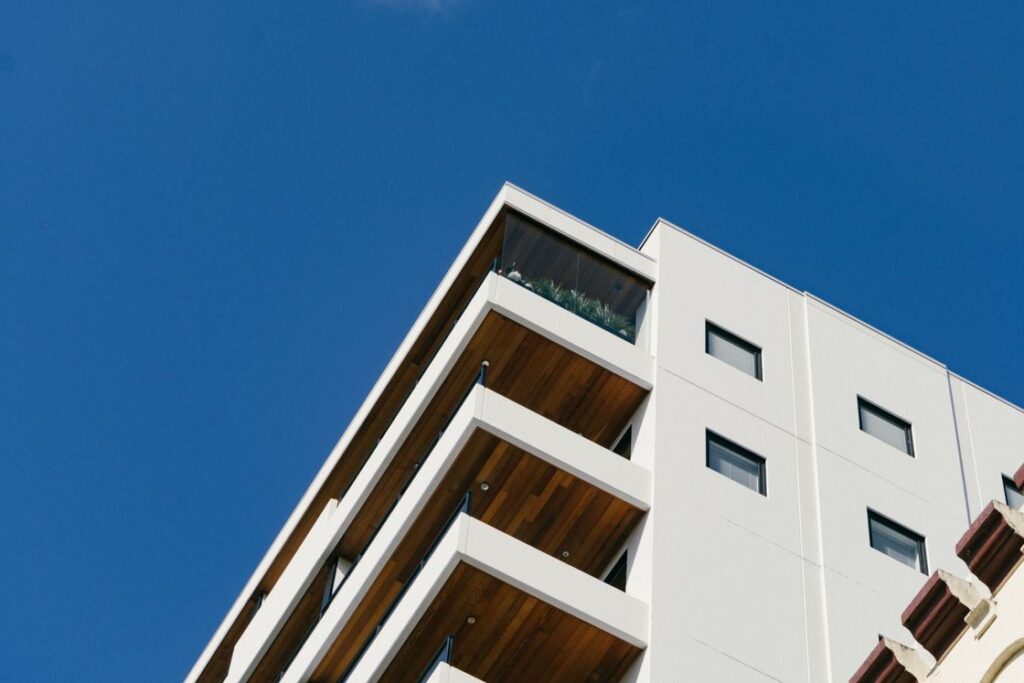Index
Milan, November 28, 2024 - Technological innovations and new environmental sensitivities are also leading to significant evolutions in the real estate sector. In 2025, these dynamics will consolidate, influencing not only the decisions of buyers and investors, but also urban planning and building development strategies.
[cta-casavo title="Not sure where to start?" text="We do, request a free consultation."]
From the growing role of artificial intelligence to the spread of green buildings, through new housing models and increasingly wellness-oriented design, the future of real estate is full of opportunities to be seized. Here are the five main trends that will shape the market in the coming year according to Casavo(https://casavo.com/it/), a company that offers smart solutions for buying and selling homes.
- Artificial intelligence: more efficient homes and cities
In the near future, the use of advanced algorithms, combined with the ability to aggregate an increasingly large volume of data, will allow us to anticipate potential breakdowns and consequently optimize home maintenance costs. Furthermore, artificial intelligence will continue to support urban planning: the analysis of data on traffic, pollution, and infrastructure will be used to create more sustainable solutions aligned with green building needs. Access to credit will also benefit from AI, thanks to credit scoring tools, even those with the most complex risk profiles will be able to apply for a mortgage.
- Increasingly sustainable properties: target class E by 2030
By 2030, all homes will have to reach at least energy class E, pushing buyers and sellers to greater interest in more sustainable properties. Casavo notes that while in the past the energy class field was rarely filled in, in the last year 34% of sellers assessed a property in class A, B, C or D. A trend that is expected to continue growing in 2025. Furthermore, a recent survey commissioned by Casavo from SWG highlights that 3 out of 4 homeowners have carried out or intend to carry out energy efficiency interventions in their homes. This is also because energy-certified buildings attract more buyers, interested not only in reducing their environmental impact but also in saving on energy bills. Technologies such as solar panels, advanced thermal insulation, and recycled materials will become the standard, supported by increasingly stringent incentives and regulations in the European Union.
- Flexliving: advanced housing models and making room for the suburbs
The real estate market, more than ever in recent years, is adapting to the needs of a society undergoing continuous and rapid transformation. Remote working, an aging population, and the pursuit of greater well-being are changing buyers' priorities when it comes to choosing a home. The demand for well-connected, larger, and more spacious suburban homes with outdoor spaces for socializing and relaxing is expected to grow (SWG data shows that 33% of Italians believe these areas will become hubs of innovation and sustainability). Furthermore, co-living solutions, recently launched in Italy, will become more popular, integrating smart working spaces, home gyms, and multipurpose spaces within the building itself.
- ReGen cities: redevelopment in the city center
Cities are focusing on the regeneration of industrial buildings and old neighborhoods to reduce land consumption and improve the quality of life. These projects, often supported by inclusion policies, create more affordable housing and transform abandoned areas into new community centers, particularly attractive to young people and families. More and more urban centers are expected to undertake redevelopment projects of this type, taking Milan as an example—think of areas like Cascina Merlata and Santa Giulia Nord—or Paris, which had the opportunity to regenerate areas like Saint-Denis during the Olympic Games, or even London's Battersea Power Station.
- Emotional design: sensorial and “discreet”
Design will be increasingly oriented towards enhancing the sensory experience of its inhabitants. Colors, materials, and lighting designed to promote well-being will be widely used, alongside integrated and invisible technologies that blend with natural materials, soft textures, and a minimalist style. The home of the future will be a blend of aesthetics and functionality, designed to meet the emotional and practical needs of those who live there.
2025 is shaping up to be a year in which the most "disruptive" trends that have emerged in recent times will intensify, finding space and achieving ever-wider adoption in the sector. Innovation, sustainability, and quality of life will continue to be the key factors that companies, investors, and real estate professionals must focus on to seize the opportunities offered by these new scenarios.
[cta-casavo title="Have you found a home but need a mortgage?" text="Trust one of our experts and request a free consultation"]

